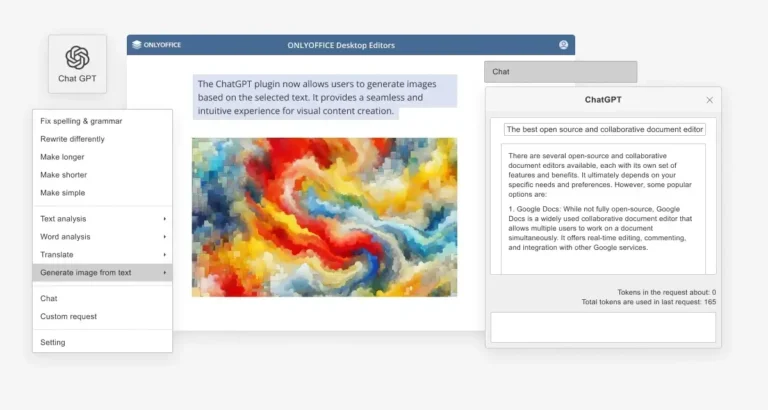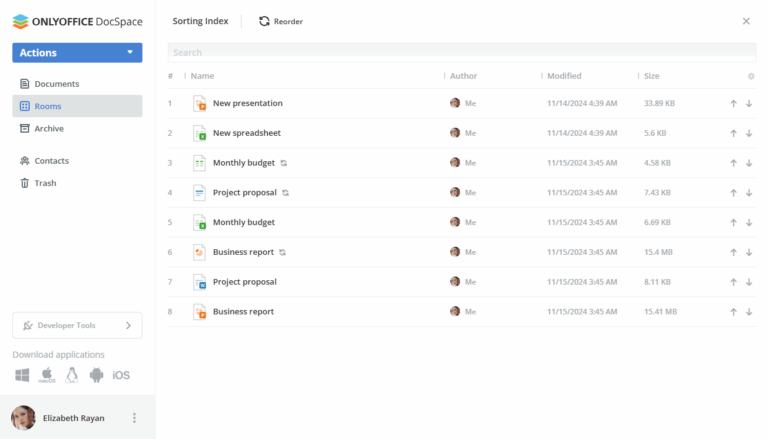Low-code/no-code platforms have gained significant traction in recent years, offering an alternative to traditional app development by allowing users to build mobile applications without extensive coding knowledge. These platforms aim to democratize app development, enabling business users and non-developers to create functional mobile apps through drag-and-drop interfaces and pre-built templates. While this approach opens new opportunities, it also comes with its own set of challenges.
In this article, we’ll explore the benefits and challenges of building mobile apps with low-code/no-code platforms and provide expert insights to help you determine whether these tools are right for your development needs.
1. Speed and Efficiency in App Development
Contents
- 1 1. Speed and Efficiency in App Development
- 2 2. Lower Development Costs
- 3 3. Accessibility for Non-Developers
- 4 4. Limited Customization and Flexibility
- 5 5. Integration Challenges with Existing Systems
- 6 6. Security Concerns
- 7 7. Risk of Vendor Lock-In
- 8 8. Scalability Limitations
- 9 9. Building Mobile Apps for Multiple Platforms
- 10 10. Enhancing Collaboration Between IT and Business Teams
- 11 Conclusion
One of the biggest advantages of low-code/no-code platforms is the speed with which apps can be developed. Traditional app development often requires months of coding, testing, and refining. Low-code platforms significantly reduce development time, allowing businesses to launch apps faster.
David Foster, Product Manager at AppAccelerate, shares, “We were able to reduce our mobile app development timeline by 60% using a low-code platform, which allowed us to respond to market demands quickly.”
This rapid development process allows businesses to iterate faster, responding to user feedback and changing requirements with minimal delay.
2. Lower Development Costs

Building apps with low-code/no-code platforms is cost-effective compared to hiring full development teams. Businesses can avoid the expenses associated with recruiting specialized developers and instead use these platforms to create functional apps at a fraction of the cost.
Lauren Matthews, Operations Director at QuickApps Solutions, explains, “For our smaller projects, low-code tools saved us a significant portion of our budget. We didn’t need to hire additional developers, and our internal teams could handle most of the work.”
Additionally, accounting software within low-code platforms can streamline financial management for businesses, allowing them to track project budgets, manage expenses, and forecast costs efficiently without relying on external accounting systems. This added capability ensures that even non-technical teams can handle both the development and financial aspects of a project seamlessly.
By reducing the reliance on coding experts, businesses can allocate resources more efficiently.
3. Accessibility for Non-Developers
Low-code/no-code platforms open up app development to non-technical users, making it easier for individuals with little to no coding experience to create apps. This accessibility empowers business teams to take ownership of app development without waiting for IT resources.
John, Founder of BeeEasy, emphasizes, “Our marketing team built a fully functional mobile app without needing any coding expertise. It allowed us to launch our customer engagement app in record time.”
Empowering non-developers to build apps promotes innovation and enables faster iteration cycles, as teams no longer need to rely solely on developers.
4. Limited Customization and Flexibility
While low-code/no-code platforms offer convenience, they come with certain limitations. Customizing complex features or building highly specialized applications can be challenging on these platforms. Developers may find that certain functionalities are restricted by the platform’s templates or drag-and-drop interfaces.
Rohit Mehta, CTO at FlexDev Solutions, explains, “While low-code platforms work well for simple applications, they often fall short when we need highly specific functionality. We still need developers to step in when customization is required.”
For businesses requiring complex or unique features, low-code/no-code platforms may not offer the necessary flexibility.
5. Integration Challenges with Existing Systems
Integrating low-code/no-code apps with existing enterprise systems can present difficulties. While some platforms offer integration options, the lack of in-depth customization capabilities may make it hard to connect the app with legacy systems or specific third-party APIs.
Claire Liu, Integration Lead at SyncApps, says, “One of our biggest challenges was integrating our low-code app with our older systems. It took additional development work to bridge the gap, which negated some of the time savings.”
Businesses with complex IT ecosystems may face obstacles when trying to integrate their low-code apps into their existing infrastructure.
6. Security Concerns

As with any platform, security is a crucial consideration when using low-code/no-code tools. While many platforms include security features, the ease of use may encourage users to overlook best practices in app security, such as proper authentication, data encryption, and user permissions.
Adrian, Data Visualization Specialist and Statistical Analyst at Violin Plot, “Low-code platforms make it easy to build apps, but that also means it’s easier for non-developers to overlook critical security vulnerabilities. Ensuring that the app follows strict security protocols is a must.”
To mitigate these risks, businesses should ensure that all apps built on low-code platforms undergo thorough security assessments.
7. Risk of Vendor Lock-In
Another potential drawback of using low-code/no-code platforms is the risk of vendor lock-in. Many platforms use proprietary technology, which can make it difficult to transfer your app to another platform or develop it further without relying on the original vendor.
Anita Morrison, Development Lead at CodeBridge, points out, “If you rely heavily on a single low-code platform, you’re often limited to the tools and features they provide. Migrating the app to another platform can be costly and time-consuming.”
When choosing a low-code platform, businesses should carefully evaluate the long-term implications of platform dependence.
8. Scalability Limitations
While low-code/no-code platforms are ideal for small to mid-sized projects, scaling applications to support larger user bases or more complex workflows can be challenging. As the app grows, businesses may encounter limitations in performance, customization, or scalability.
Larry, Creative Director at Creamy Animations, shares, “We hit a wall when our app usage grew, and we realized the platform couldn’t scale with our needs. We had to redevelop parts of the app with traditional coding.” Additionally, when integrating more dynamic content, such as animation videos, businesses may face difficulties in optimizing performance and maintaining smooth functionality within low-code platforms. Animation-heavy applications often require custom development to ensure high-quality rendering and performance across devices.
Moreover, incorporating animation videos as part of a mobile app can significantly enhance user engagement, especially for apps focused on education, storytelling, or interactive content. However, for low-code platforms, the challenge lies in maintaining the quality and responsiveness of these animations without causing performance lags. Businesses may need to explore hybrid development approaches that combine low-code frameworks with traditional coding for better handling of animation and media content.
Integrating functionalities like Snapchat APIs or social media features into low-code apps may not be as straightforward as using traditional development methods. This can hinder a business’s ability to add unique, scalable features that appeal to a broader audience or user base. For projects with high scalability requirements, businesses may need to weigh the pros and cons of using a low-code platform versus a traditional development approach.
For projects with high scalability requirements, businesses may need to weigh the pros and cons of using a low-code platform versus a traditional development approach.
9. Building Mobile Apps for Multiple Platforms
Another advantage of using low-code/no-code platforms is the ability to deploy apps across multiple platforms, such as iOS and Android, with minimal effort. These platforms typically offer cross-platform functionality, streamlining the process of launching apps on multiple devices.
Jessica Ryan, Senior Mobile Developer at CrossTech Solutions, says, “Low-code platforms made it easier for us to develop one app and deploy it across both iOS and Android, saving time and resources.”
This cross-platform capability ensures that businesses can reach a wider audience without needing to build separate versions of the same app.
10. Enhancing Collaboration Between IT and Business Teams
Low-code platforms also foster better collaboration between IT and business teams. Since non-developers can create and modify apps, IT departments no longer serve as a bottleneck for simple development tasks. Business teams can manage their own projects, while IT focuses on more complex technical challenges.
Mark Stevens, Chief Product Officer at CollaboratePro, shares, “Low-code platforms allowed our business teams to create apps themselves, freeing up our IT department for more critical projects.”
To further enhance collaboration, many organizations are integrating unified communication platforms within their low-code apps. These platforms streamline communication across departments, making it easier for teams to share updates, provide feedback, and resolve issues faster. This increased collaboration ensures quicker development cycles and more alignment between business objectives and IT execution.
This increased collaboration ensures faster development cycles and more alignment between business objectives and IT execution.
Conclusion
Low-code/no-code platforms offer a wide range of benefits, from faster development times and lower costs to greater accessibility for non-technical users. However, these advantages come with certain limitations, including customization challenges, integration difficulties, and scalability concerns. When deciding whether to use a low-code/no-code platform for mobile app development, businesses should carefully consider the specific needs of their project and weigh the benefits against the potential challenges.





